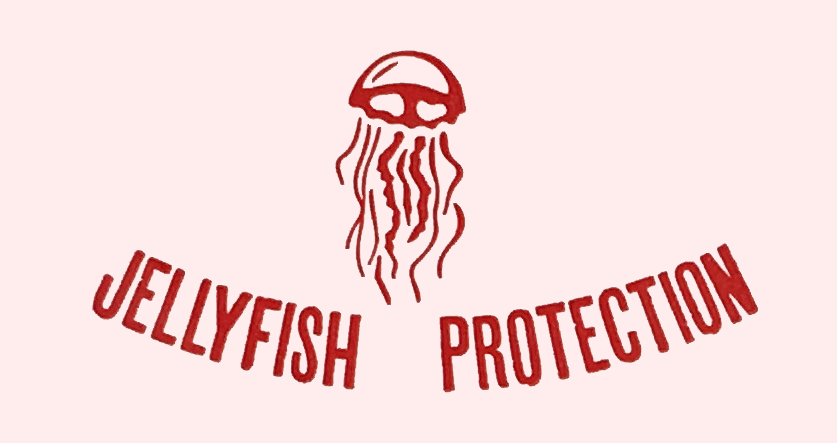Uncategorized
4 Ways Safe Sea Protects You from Jellyfish
1. No Contact, No Sting
Safe Sea Reduces Tentacle Skin Attachment by being too slippery. Safe Sea’s waterproof, slippery texture makes it difficult for the stinging tentacles to attach to the skin to begin with, which the the first way in which Sea Safe inhibits the jellyfish from stinging. If that does not work, then the other inhibitors will kick in.
2. By Tricking the Jellyfish
Safe Sea absorbs secretions from the skin that would otherwise tell the jellyfish that it’s in contact with prey or predator. Jellyfish have cells that are used as a recognition system, so that when the jelyfish comes into contact with the substance, it thinks it’s found itself instead of you! And thus, the stinging mechanism is not triggered with Safe Sea Lotion, developed to mimic the clownfish’s slimy defence against the anemone’s stinging cells.
3. Blocks the Sting Sensor Signals
Safe Sea disrupts the communication between the sensor and the actual stinger by using chemical stoppers that block the chemical pathways where the stinging process is activated.
4. Prevents Stinging Cells Activation
Safe Sea Inhibits the Sting trigger by disarming it. A stinging cell is a dense “capsule” containing a long folded needle. Pressure builds in this capsule just prior to stinging. As the pressure builds, the capsule is forced open and the needle shoots out like a harpoon, injecting its target with toxin at a force equivalent to a bullet being fired from a gun. This all happens in a fraction of a second; jellyfish stings are among the most rapid mechanical events in all of cellular biology. Safe Sea reduces the pressure in stinging cells so that they cannot fire – effectively disarming them.
Why does Safe Sea have so many stoppers?
Within one square millimetre of skin during contact with a stinging tentacle, over 2000 stings will penetrate. Each inhibitor in Safe Sea plays its part to reduce the overall number of stinging cell penetrations, down to a level that there is no noticeable pain or swelling.

